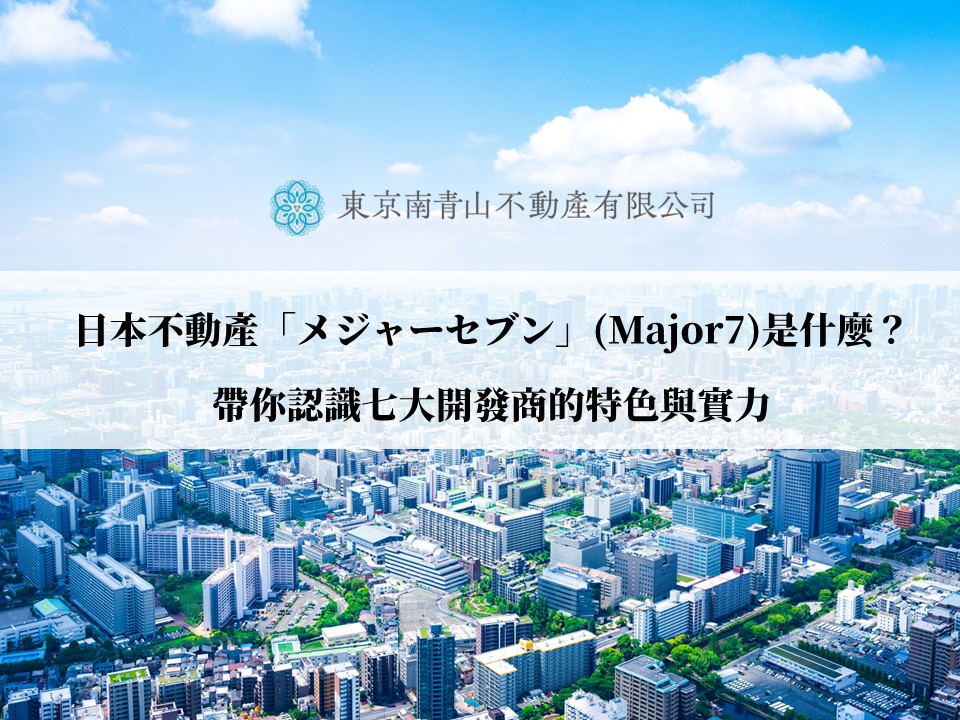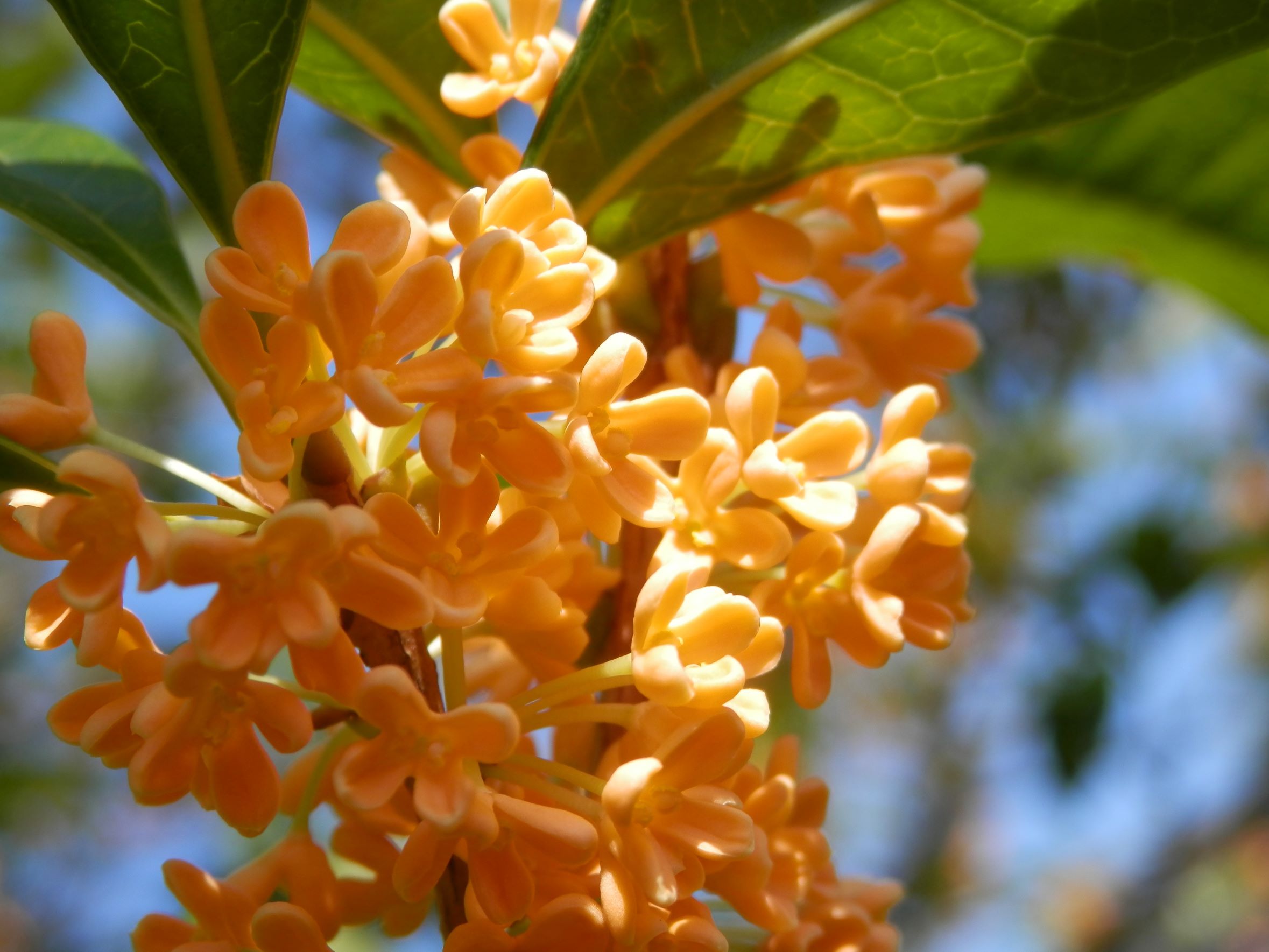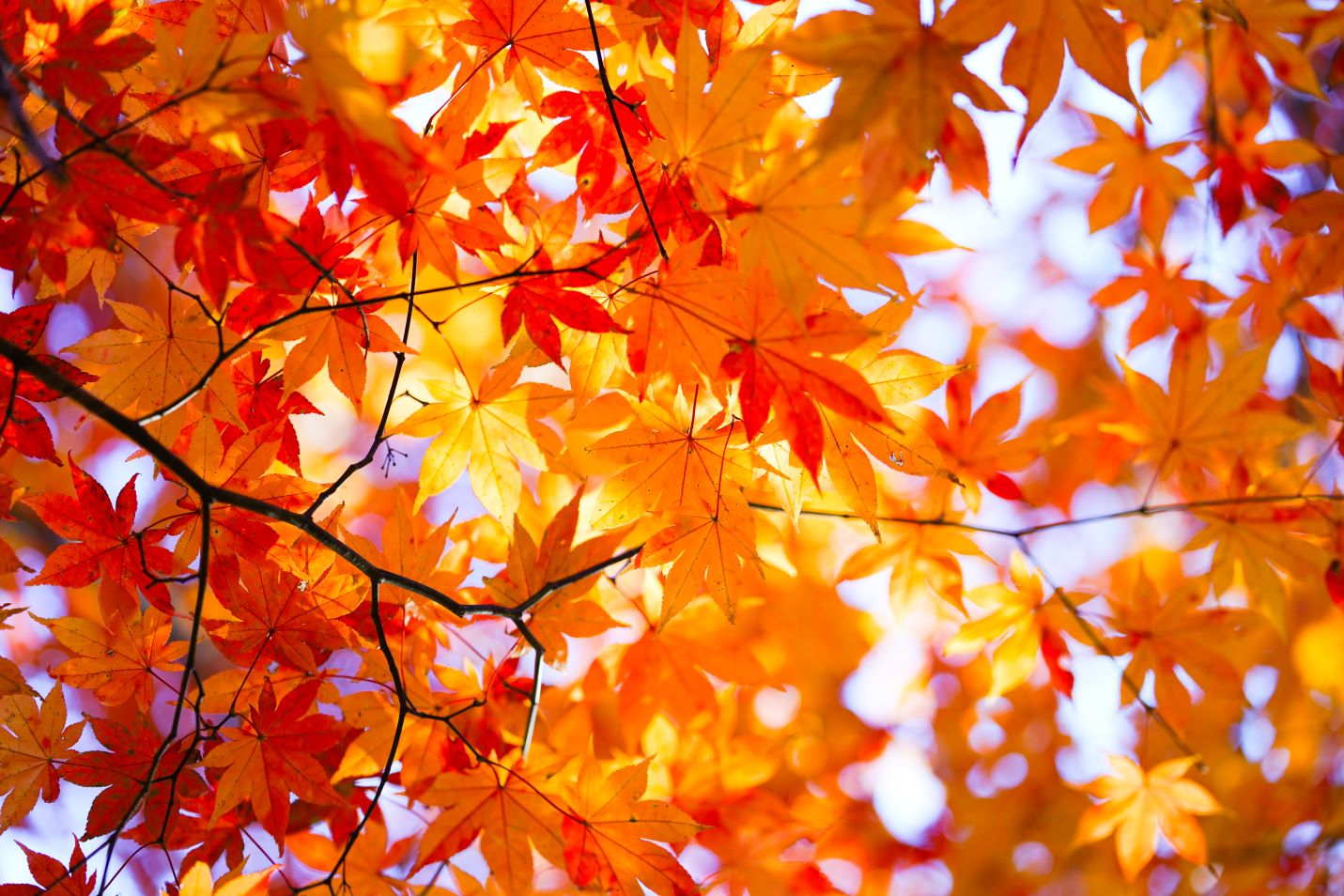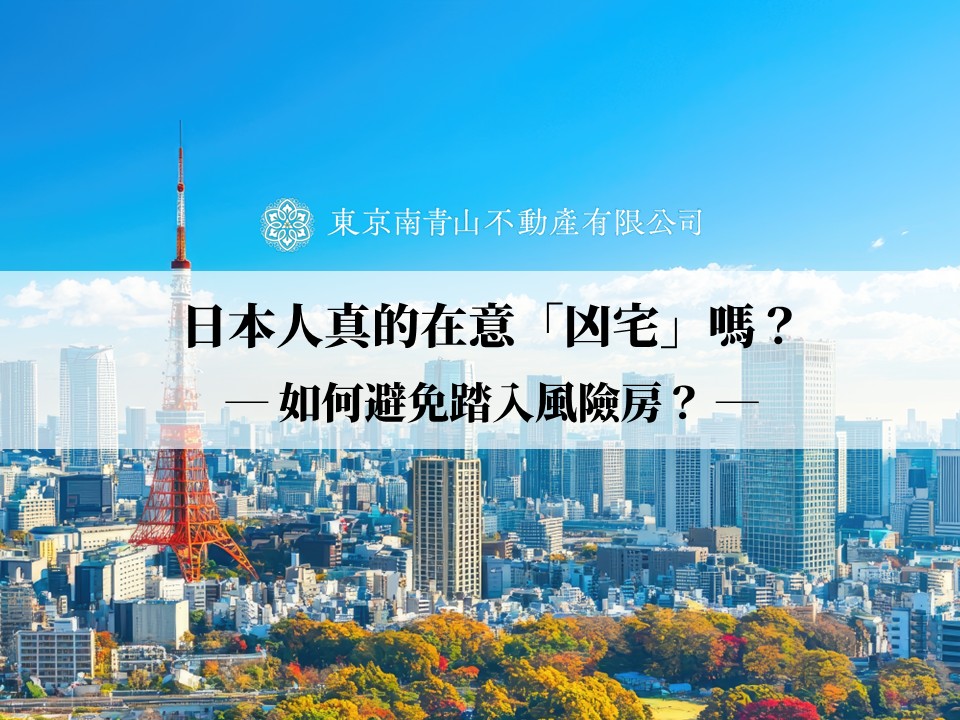Arakawa Ward is located in a corner of eastern Tokyo and is an area that retains the atmosphere of a small town. The main areas include Minamisenju, Nippori, Nishi-Nippori, Mikawa Island, Machiya, etc. 8 subway lines run through the area, making transportation to the city center very convenient.
In recent years, the area's accessibility has once again gained traction, with apartment blocks being built around the main stations. In 2018, the land price increase ranked first among the 23 wards, and in 2023, it ranked first in the "Tokyo Residential Land Price Increase Ranking", with Higashi Nippori 1-chome ranking 3rd, 6-chome ranking 6th, and Higashikomiya 6-chome ranking 6th. 9.
At the same time, Arakawa Ward also retains the characteristics of the Showa era, such as Tokyo's only streetcar "Toden Arakawa Line", the retro theme park "Arakawa Amusement Park" operated by the ward government, and numerous public baths (as of July 2023, population Ranked 2nd among Tokyo's 23 wards). These elements make Arakawa Ward unique, and visitors can enjoy the atmosphere of Shitamachi.
Nippori Station
Toden Arakawa Line
■1Arakawa Ward from prehistoric times to the Middle Ages
The history of human settlement in Arakawa Ward can be traced back to the Paleolithic Age, about 20,000 to 30,000 years ago. The area outside the current Yamanote Line is mainly ocean, and the only land is "Dokanzan" and "Suwadai". Traces of early Yuwen settlements were discovered at the Daoguan Mountain Site, and shell accumulations were discovered near Yanmingyuan, indicating that the area was once a coastline.
Then during the Yayoi period, the lowlands began to turn into land, and people living in the highlands began to move to the lowlands and start farming rice.
In the Ritsuyo period (after the 8th century), Arakawa District became part of "Musashino Country" and "Toshima County". According to records, "Arakombo" (present-day Nippori and Yanaka) was a settlement.
There were ferries along the Arakawa River (now the Sumida River). People and supplies gathered around the ferry, and the area developed into an important transportation hub.
The "Suzuo Shrine" in Minamisenju is said to have been established in 795. It has a history of more than 1,200 years and is the largest shrine in Arakawa Ward. People taking the ferry must also come to this shrine to pray for safety.
Daoguan Mountain
Daoguan Mountain
■2 Arakawa Ward in the Edo Period
At the end of the 16th century, Tokugawa Ieyasu took control of Edo, and the history of Arakawa District underwent major changes.
In 1594, as part of the road construction ordered by Ieyasu, the "Ohashi" was built slightly upstream from Hashiba Ferry, and the "Senju-juku" was built on the north and south sides of the Arakawa River. Senju is located on both sides of the Arakawa River. The North Senju side is called "Senju" and the South Senju side is called "Senju Shimojuku". It was an important transportation hub where water and land transportation intersected, and it prospered as a relay station for cargo transportation within Edo City. With a population of about 10,000, it is the most developed of the "Four Jukus in Edo".
The development background of Senjujuku is also related to the large-scale construction carried out in the upper reaches of the Arakawa River in the early Edo period. Through the two major projects of "Tone River East Water Diversion" and "Arakawa West Water Diversion", the water volume of Arakawa stabilized, and ship transportation became active, which promoted the development of Senjujuku.
However, most of the area except along the highway remained rural, and as Edo's population increased, the focus shifted from rice cultivation to vegetable production. Famous products include "Arata radish", "Shioiri radish", "Mikawajima radish", "Hanhoku beans", and "Yanaka ginger" from Yanaka Honmura (Nishi-Nippori).
In addition, highlands such as Mount Dokan and Suwadai were popular leisure spots for Edo citizens, and many ukiyo-e depict the view of the Arakawa River from the highlands.
Currently, a bronze statue of haiku poet Matsuo Basho stands in front of Minami-Senju Station, and Senju is the starting point of "Oku no Hosho". According to legend, on March 27, 1689, Matsuo Basho set out from here for Tohoku.
Matsuo Basho statue in front of Minamisenju Station
The scenery of Suwadai
■3Meiji Era ~ Arakawa Ward before the war
After the end of the Edo shogunate and the establishment of the Meiji government, Arakawa District was merged into Tokyo from Kitatoshima Prefecture. From about this time, Arakawa Ward began to rapidly develop from a "suburban" to a veritable "city".
The pioneer of this development was the government-run wool factory "Senju Seikasho" built in Minami-Senju 6-chome in 1879. Military uniforms and military uniforms are all produced here, meeting the large demand for the policy of enriching the country and strengthening the army. In the Minami-Senju Hashiba area, the "Dainippon Textile Hashiba Factory" (currently Unitika) and the "Kanabuchi Spinning Minami-Senju Factory" (currently Kanebo) were established to support the development of the fiber industrial town in Arakawa Ward. The brick wall surrounding the "Senju Kiara" ruins still exists and is called the "Old Senju Kiara Brick Wall" and is a registered tangible cultural property of Arakawa Ward.
In addition, the Nippon Oil Terminal and Japan's first steam turbine thermal power plant, Senju Power Plant, are also located here. Further upstream, along the Arakawa River, there are several brick factories with soil suitable for brick making.
The Meiji period was also the beginning of railway development, with new lines and stations starting from Minami-Senju Station of the Tsuchiura Line (Joban Line) opened in 1896. In particular, there was undeveloped land around Nippori Station, which opened in 1905. Textile wholesalers concentrated in Asakusa at that time moved in collectively, forming a new textile wholesale area.
Minowa Shopping Street, currently popular for its retro streetscape, was originally a new city center area built for workers working in Minami-Senju. This place used to be called "Xinkaidi" and was lined with many restaurants.
In this way, Arakawa District prospered due to the busyness of factories and factory workers. However, in 1910, at the end of the Meiji period, the Arakawa River overflowed, causing unprecedented flooding. The factories and townscapes along the river suffered major damage. Excavation work for the Arakawa Spillway began and was completed in 1924. When water levels rise, the Iwabuchi sluice is closed, protecting the area from flood damage.
Minowa Shopping Street
Arakawa Garden Renwagai
■4 Arakawa Ward after the war
After the war, markets called "black markets" naturally formed around each station to supply necessities. In Arakawa Ward, the largest black market appeared in front of Nippori Station. There were originally many candy manufacturers around it, so a candy shopping street was formed in the black market. It is said that at its peak there were about 160 candy shops.
In addition, since the opening of Narita Airport in 1978, Nippori Station has served as a "central hub" for tourists to transfer to trains. However, since the 2000s, areas within walking distance such as Yanaka, Nezu, and Sendaki have attracted attention, and Nippori has become the starting point of "Tanisen Walk, attracting many tourists from overseas."
The industrial structure of Arakawa Ward also changed significantly due to the war. Many of the factories in Arakawa Ward were closed after the war because they were used for military purposes. As a result, large tracts of vacant land appeared in the factory-lined Hashiba (Minami-Senju) area, and new towns centered on apartment buildings were systematically developed. What was once an industrial area is now a beautiful residential area in Minamisenju.
Before the war, the population of Arakawa Ward was mainly concentrated in the industrial area, but after the war, it became a "traffic hub" gathering place. For example, the area around Machiya Station quickly developed into a residential area after the opening of the Chiyoda Line in 1971. At that time, it was a place where wooden houses gathered, but now it has become a modern neighborhood. Nippon has also undergone similar redevelopment, resulting in a dramatic change in the atmosphere of the area with the construction of a station square, pedestrian walkways, and the integration of commercial, business, and public facilities.
Although modernization is in full swing around each station, Arakawa City is also deeply rooted in the culture of preserving traditional culture. While streetcars were gradually discontinued in various places, the "Toden Arakawa Line" was preserved only because of the strong demands of residents along the line. Currently it is the only remaining streetcar in Tokyo. In addition, "Arakawa Amusement Park" operated by the ward government will reopen after completing renovations in 2023. Although safety and comfort have been improved, the ancient amusement facilities and retro style are still cleverly retained.
Nippori Station wholesale area in 1954 (Photo provided by: Arakawa Ward)
Yanaka Ginza (Taitung District)
■5 Arakawa Ward in the future
Arakawa Ward has traditionally been called a "shitamachi" area where work and living are closely linked, but with the development of the railway transportation network in recent years, it has become a residence for many office workers because it can easily reach various places in Tokyo.
The development of Minami-Senju was the beginning of this trend, but after entering the 21st century, there was another boom in apartment construction, and the urban landscape changed dramatically. High-rise buildings are also under construction in front of Nishi-Nippori Station, including apartments, commercial facilities, and halls, and are expected to be completed in 2026.
In the past ten years, Arakawa Ward has experienced a major transformation from "a town full of Shitamachi atmosphere" to "a town close to the city center and comfortable to live in", and continues to create new value. Affected by this, land prices have risen sharply in many areas. In 2018, the land price increase ranked first among the 23 wards. Many areas in Nippori ranked among the best in the 2023 "Tokyo Residential Land Increase Ranking". Real estate values gradually increase.
But on the other hand, what cannot be ignored is that both the government and residents recognize the value and rarity of "retro style" and "Shitamachi feelings" and regard them as attractions of the area. Just like "Tanisen" which has attracted much attention recently, Arakawa Ward will also become a tourist attraction attracting people with its "retro" style in the future.
Preliminary diagram of the Nishi-Nippori Station area urban redevelopment project (quoted from the Nishi-Nippori Station area first type urban land redevelopment project official website)
Arakawa Park Observation Car
■6 Tradition and Culture Small Column
The Tokyo Uchibashi sword, as the name suggests, is a knife made using traditional forging methods, which requires "beating" in the process. In modern times, many blades have been commercialized into everyday tableware, such as kitchen knives and scissors, but their roots lie in the same forging techniques used to make Japanese swords. Heat the knife until it turns red, then tap it on the table and cool it with water. This process, which seems to have come out of a historical drama, is still practiced today. Tokyo Uchimono are mainly produced in Arakawa, Adachi and Taito wards, and can be purchased at knife specialty stores in Tokyo.
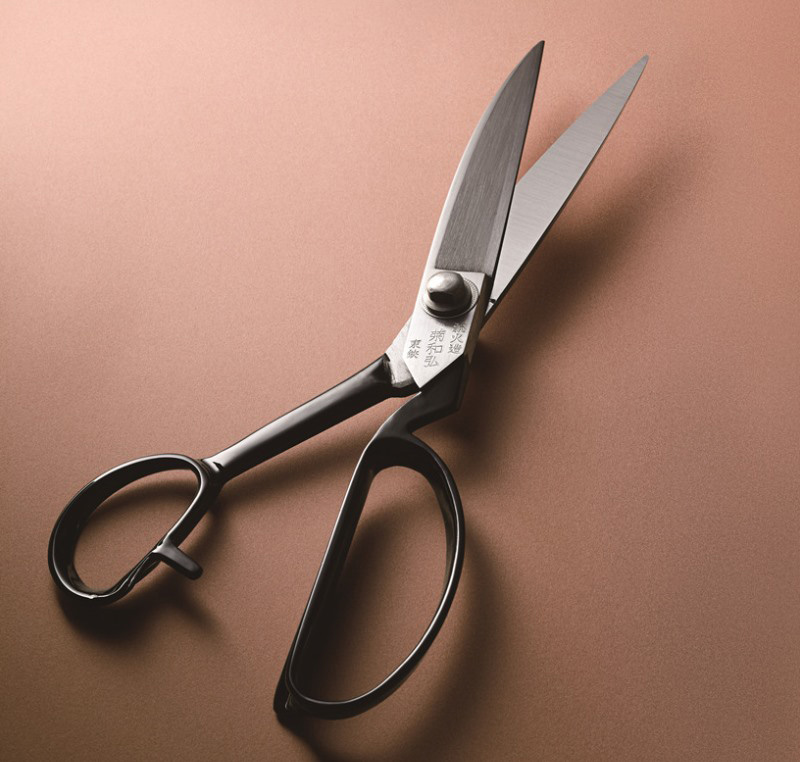
Tokyo Uchimono



